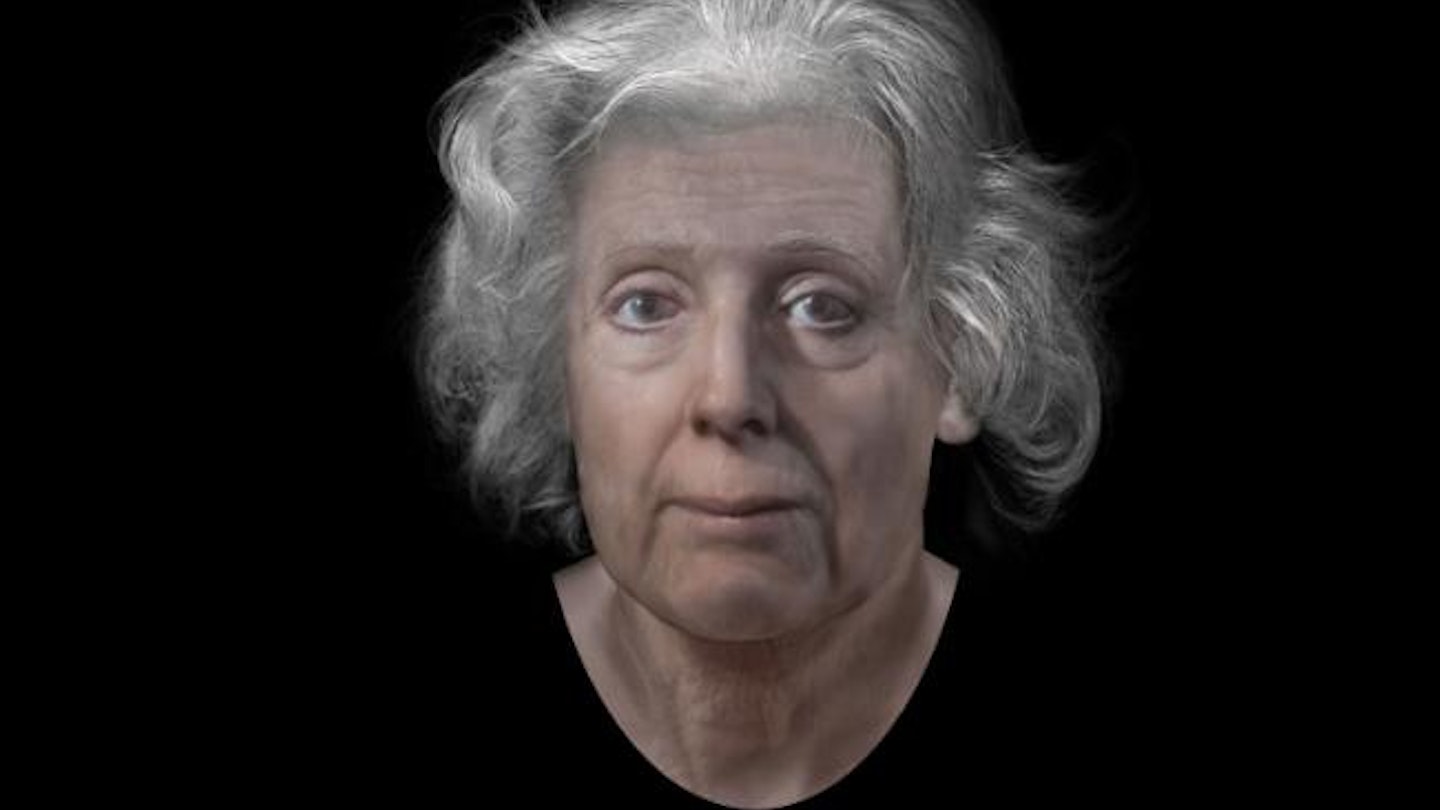Scottish Officials Seek the Remains of Lilias Adie
Scottish officials have appealed for the return of a woman’s remains more than 300 years after her death. Lilias Adie, who had been accused of witchcraft, was buried under a heavy stone on a beach in Torryburn, Fife, for fear she would ‘reanimate’.

She died in prison in 1704, before she could face trial for her alleged crimes of “being a witch, and having sex with the devil,” reports CNN. The punishment, by the way, would have been strangulation followed by being burned at the stake.
Burials of suspected witches were unusual, as it was feared the devil would steal their corpses and animate them to torment the living. What actually transpired, however, was that despite the large rock Adie was buried under, her remains were removed in 1852 by ‘curio hunters’—individuals who collect unusual and rare objects. Adie’s remains turned up in the Museum of the University of St Andrews and her skull was photographed there in 1904 before, along with the rest of her remains, going AWOL again.
Now, along with the assistance of a digital reconstruction of Adie’s face created from those photographs by a team at the University of Dundee, Scottish officials are on the hunt for Adie once more. A Fife Council official has launched the campaign so that Adie may finally be laid to rest.
“It’s important to recognize that Lilias Adie and the thousands of other men and women accused of witchcraft in early modern Scotland were not the evil people history has portrayed them to be. They were the innocent victims of unenlightened times,” stated councillor Julie Ford, who is leading the campaign.




